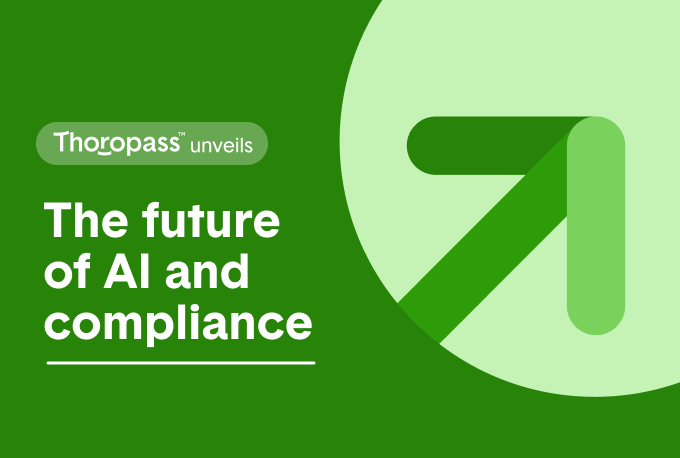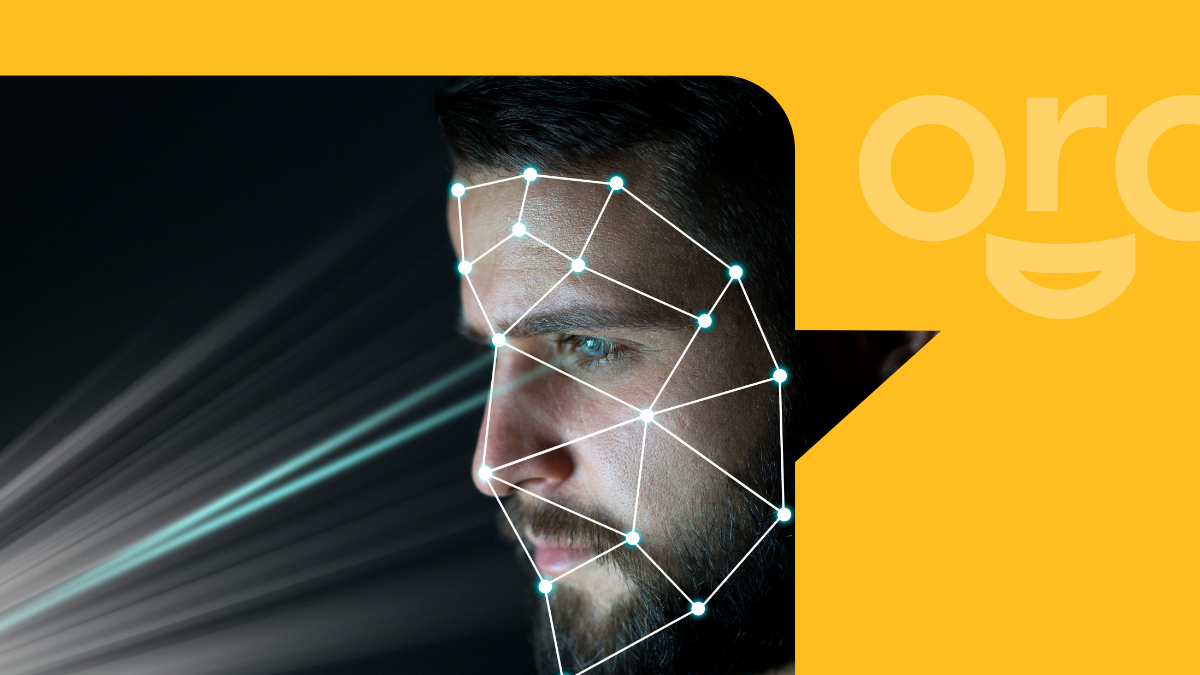The time of static, manually operated cybersecurity measures is behind us. Today, artificial intelligence (AI) has revolutionized the field by introducing automated systems that are ever-adaptive and capable of mitigating threats, both existing and new. The incorporation of AI sharpens threat detection, facilitates scalable monitoring in real-time, and presents financially viable options suited to changing cyber threat environments.
By infusing cutting-edge AI innovations into cybersecurity strategies, a forward-thinking security posture has been established. This advancement automates extremely accurate incident response methods while confronting an extensive array of dangers—especially those posed by sophisticated cyber threats.
Key takeaways
- AI-driven cybersecurity enhances threat detection accuracy and real-time monitoring and provides adaptive solutions, revolutionizing incident response with automated analyses, predictive analytics, and efficient data processing.
- Machine learning is a key component of AI in cybersecurity, providing early threat detection through pattern recognition and real-time monitoring. However, ongoing challenges include seamless integration into existing systems and infrastructures.
- The collaboration between AI automation and human intelligence is vital in cybersecurity. AI assists in complex threat response, while human oversight addresses ethical considerations, AI deployments, and strategic decision-making.
The impact of artificial intelligence on the threat landscape
It’s important to acknowledge that AI is somewhat of a double-edged sword: While it can be used to significantly bolster cybersecurity defenses, it also represents a potent tool that, if wielded with malicious intent, can lead to the development of formidable new cyber threats. Darktrace’s State of AI Cyber Security 2024 Report stats indicate 74% of security leaders say AI-powered cyber threats have impact their businesses, with more to come.
While agents of cybersecurity explore how AI can assist in bolstering security, cybercriminals are harnessing AI to craft more sophisticated attack methods, necessitating a “fight fire with fire” approach. Because of this, the cybersecurity industry must continuously adapt and employ advanced AI-driven measures to stay ahead of adversaries who are also using AI to enhance their attack strategies.
Let’s look at some of the ways AI can be used to enhance cybersecurity.
Data science x AI: A powerful tag-team in threat intelligence
The field of data science is crucial in strengthening the infrastructure for threat intelligence. It enhances AI capabilities, enabling these systems to parse extensive datasets to find irregularities and patterns that can indicate potential security threats.
For AI systems to establish a strong cybersecurity defense, it’s essential they gather thorough data from diverse origins such as endpoints, networks, and cloud frameworks.
Four ways AI is transforming incident response
AI systems have transformed the landscape of incident response, automating the detection and alerting of cyber threats as well as safeguarding sensitive data.
This technological advancement has significantly improved threat detection capabilities by expediting threat identification and cutting down on mitigation time. The incorporation of AI-driven automation improves efficiency and scalability, optimizing early analysis phases and thereby freeing up security teams to concentrate on intricate, higher-priority tasks.
1. AI-driven pattern recognition
AI algorithms, equipped with sophisticated pattern recognition capabilities, help identify any signs of malevolent activity and attacker behavior. These AI systems adeptly manage extensive data analysis tasks while evolving to enhance threat detection accuracy as they encounter new information.
Nevertheless, human judgment is still required to analyze intricate threats and make vital decisions. This is despite AI’s proficiency in preemptively recognizing potential ransomware or malware invasions before they breach digital defenses.
Example: Malware analysis
Artificial intelligence systems are able to sift through vast quantities of data to detect and isolate potential malware threats with unprecedented speed and accuracy.
AI-driven malware analysis tools employ various techniques, such as static and dynamic analysis, to inspect and evaluate suspicious files. Static analysis involves examining the code without executing the program, while dynamic analysis observes the behavior of the code during execution. AI enhances these techniques by automating the process and learning from each analysis to improve future detection.
Moreover, AI systems can quickly adapt to the evolving nature of malware. As cybercriminals employ more sophisticated methods to evade detection, such as polymorphic and metamorphic malware, AI’s machine learning algorithms continuously learn and adjust to these new tactics. This ensures that the AI models remain effective even as the threat landscape evolves.
2. Cyber threats and the predictive power of AI
The ability to anticipate future attacks is a game-changer in cybersecurity. Utilizing AI for its predictive faculties allows organizations to defend against potential cyber threats before they happen and increase their readiness to counteract cyber incidents.
In automated threat detection, AI plays a crucial role by absorbing knowledge from past events, ongoing data streams, and external intelligence sources to proactively spot new emerging threats.
AI’s predictive strength stems from its continual learning process, which adapts to an ever-changing environment of security risks. This enables AI to constantly refresh its understanding of the patterns and techniques used in attacks—thus equipping it with foresight into upcoming challenges within the field of cybersecurity.
Example: User and Entity Behavior Analytics (UEBA)
User and Entity Behavior Analytics (UEBA) utilizes advanced AI and machine learning algorithms to detect anomalies in user and entity behaviors. By establishing a baseline of “normal” activity patterns within an organization’s network, UEBA systems can identify deviations that may signify malicious intent or compromised accounts.
UEBA tools analyze a wide range of data sources, including logs, network traffic, and endpoints, to build comprehensive profiles for each user and entity. These profiles help in recognizing unusual patterns such as irregular login times, excessive file downloads, or uncharacteristic access to sensitive data, which could indicate a potential security threat.
The strength of UEBA lies in its ability to correlate disparate data points and apply context to behaviors. This contextual analysis is key in distinguishing between legitimate activities and potential security incidents. For example, an employee accessing the network from a foreign country may be flagged as suspicious, but if the system recognizes that the employee is traveling for business, it may consider this behavior as normal.

AI pentesting offering
Thoropass's AI pentesting offering ensures secure and ethical use of AI
Manage AI-related risk and ensure compliance with new and emerging AI frameworks with AI pentesting.
3. Real-time monitoring with AI systems
AI systems, equipped with machine learning algorithms, transform threat detection by providing security teams with the ability to monitor system health and data flows automatically and continuously. This significantly enhances real-time security through constant vigilance for potential threats, ensuring immediate notification of security personnel.
Organizations that implement AI-driven platforms featuring user and entity behavior analytics (UEBA) benefit from an elevated level of protection. These advanced systems identify intricate patterns and irregularities within vast datasets, bolstering the capability to detect threats effectively and respond in a timely manner.
4. Automated responses
The utilization of AI in cybersecurity extends to the realm of Automated Responses, where the system takes immediate and decisive action upon detecting a threat. For instance, when a suspicious IP address is identified as a potential source of malicious activity, AI-driven systems can block it automatically, preventing the attacker from causing further damage or gaining access to sensitive information.
Similarly, devices that are compromised or infected with malware can be swiftly quarantined by AI systems. This proactive measure isolates the affected device from the network, thereby containing the threat and preventing the spread of the infection to other devices or systems.
AI can also trigger incident response protocols—the predefined security procedures that are enacted in the event of a detected threat. These protocols may include:
- Notifying the appropriate personnel
- Initiating a forensic investigation
- Deploying countermeasures to mitigate the impact of the attack
Automated responses powered by AI not only reduce the time taken to address security incidents but also enhance the overall efficacy of the cybersecurity infrastructure. By leveraging these automated capabilities, organizations can ensure a more resilient and responsive security posture in the face of ever-evolving cyber threats.
The integration challenge: Incorporating AI into existing cybersecurity
Incorporating AI into the current cybersecurity framework may come with challenges. It may require middleware or APIs to facilitate interaction and data transfer within existing systems, thereby enhancing threat detection capabilities while avoiding any interruption in services.
By merging AI with machine learning alongside traditional rule-based frameworks, a hybrid approach to threat detection is formed that enhances adaptability and precision in spotting potential threats. Through effective integration of strong AI elements, companies can deploy swift countermeasures, which help mitigate the effects of security incidents when they arise.
AI and human synergy in detecting security threats
The importance of human analysts cannot be overstated, even as we increasingly turn to artificial intelligence for support. Human analysts offer indispensable capabilities that AI may lack on its own, including:
- The ability to grasp context
- Creativeness
- Intuitive thinking
- Flexibility
These unique human traits are essential contributions.
Merging the automated efficiency of artificial intelligence with the nuanced insight of human intelligence is vital in identifying and neutralizing security threats.
By refining the accuracy of security measures and providing pertinent context for gathered data, AI supports the team in charge of security operations and responding to incidents. This support reinforces your security team’s capabilities without negating the requirement for human analytical input.
Incorporating AI into threat detection helps:
- Enhance the proficiency of security professionals
- Preserve analyst retention by freeing them from repetitive duties, thus mitigating burnout
- Enable analysts to focus on more complex tasks
Cultivating AI literacy among security teams
To maximize the benefits of AI technology in cybersecurity, it is crucial for experts to:
- Enhance their knowledge of AI and comprehend how it can be applied in identifying threats
- Train security teams on the functionalities and strengths of various AI tools
- Conduct thorough assessments, execute properly, and fine-tune the use of AI within cybersecurity infrastructures
- Recognize the danger of shadow AI
By concentrating on increasing understanding about AI among organizations, teams can more effectively utilize its capabilities for detecting and responding to threats.
Ethical considerations around AI threat detection
Exploring the terrain of AI-driven cybersecurity requires careful consideration of ethical consequences. Ethical implementation of artificial intelligence within cybersecurity must follow these principles.
- Avoid abuse and guarantee legitimate uses
- Observe lawful and moral standards
- Implement consistent audits for regulation adherence confirmation
- Eliminate prejudice and inequality in AI-based cybersecurity solutions
Upholding ethical norms in AI-focused cybersecurity hinges on diligent compliance measures.
Regulatory factors, including data privacy, storage duration, openness, and responsibility, play an essential role in integrating artificial intelligence into threat detection systems.
What’s next? Future trends in AI and cybersecurity
Looking ahead, we see even more potential progress and enhancements in AI and cybersecurity. AI predictions feature:
- The refinement of deep learning techniques
- Integration with quantum computing capabilities
- Boosting the visibility within systems
- Advancement of self-directed incident response combined with predictive analytics
To address the threats associated with AI, there is an emerging inclination towards deploying artificial intelligence red teams as well as incentive-based vulnerability identification programs such as bug bounties. These strategies help with identifying and neutralizing distinct AI security weaknesses including the manipulation of models or attacks that exploit prompt injections.
Conclusion: AI is a game changer in advanced threat detection
AI has emerged as a real game-changer in cybersecurity. From transforming traditional defenses and enhancing threat detection accuracy to streamlining incident response and fostering a collaborative defense, AI’s impact on cybersecurity is immense.
As we navigate this evolving threat landscape, we must leverage the power of AI while balancing it with human intelligence and ethical considerations. The future of cybersecurity is indeed AI, and by harnessing its potential, we can fortify our defenses against the cyber threats of today and tomorrow.
More FAQs
How does AI transform the cybersecurity landscape?
Artificial Intelligence has revolutionized how we safeguard against cyber threats by moving away from conventional manual safeguards to advanced, automated systems capable of ongoing adaptation and learning. This shift has markedly enhanced the precision in detecting threats, facilitated monitoring in real time on a large scale, and provided an economical means to guard against the ever-changing landscape of cyber dangers.
How does AI help in endpoint protection?
AI enhances endpoint security by offering persistent protection to devices within a company and employing behavioral analytics to detect potential cyber threats based on user actions and system performance.
What are the ethical considerations in AI deployment for cybersecurity?
To summarize, when deploying AI for cybersecurity purposes, it is crucial to adhere to ethical and legal standards. This includes complying with relevant regulations pertaining to data privacy and ensuring transparency in operations.
Enter the AI era
Explore GenAI for your business, safely and securely
Explore the suite of new offerings from Thoropass to help your organization set itself up for success in this new era of GenAI and compliance

Related Posts
Stay connected
Subscribe to receive new blog articles and updates from Thoropass in your inbox.
Want to join our team?
Help Thoropass ensure that compliance never gets in the way of innovation.














.png)